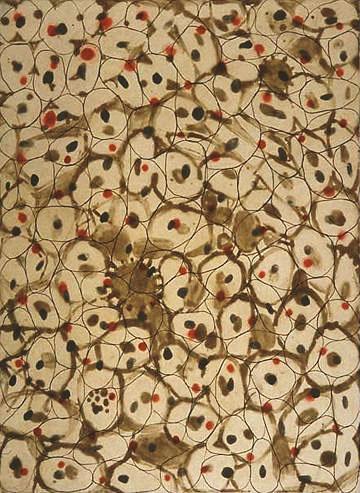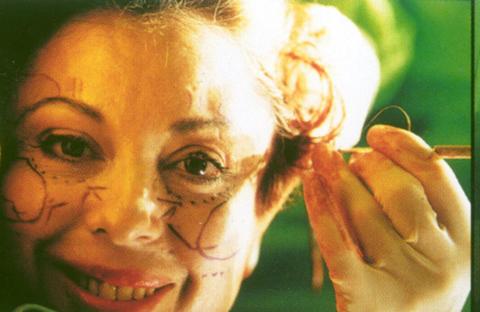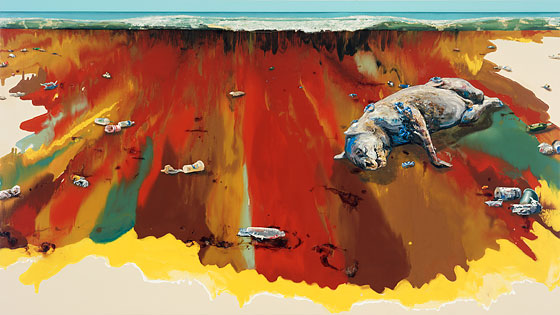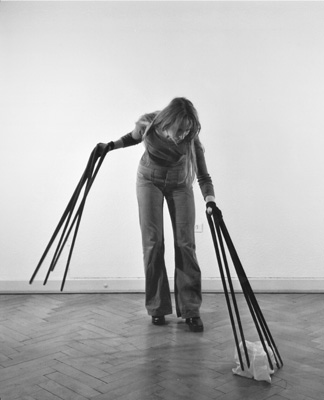 Agnes Martin
Agnes MartinAgnes Martin - ' He is a an art of constant restlessness, an art that despite its pure appearance, is never in fact about perfection.' 242, Pictures of Nothing
- Is that in itself abstraction or representation? Implicitly nature may seem perfect but is full imperfection and yet it can be illustrated or represented as perfect. Is Martin a follower of teleology?
'The narrow intention of what brings an artist to the canvas does not control meaning nearly as much as does the material existence of the picture itself.' 251, Pictures of Nothing.
- Material existence, at what point does an object represent an abstract visual experience and at what point does the painting/object represent solely the material and there for a representation of a materials existence?
'It is our dependence on the material and experiential dimension of art to yield meaning that sets it apart so sharply from other symbolic systems that we use, most notably language. For a long time now art has been analyzed in terms of semiotics . . ' 252, Pictures of Nothing
- Is abstraction an attempt to break away from visual semiotics, even though it has created its own system? Or is it an embrace of a purely visual language?
 # 1 Seed, Ellsworth Kelly
# 1 Seed, Ellsworth Kelly Richard Deacon
Richard Deacon Color and Information, 1998, Terry Winters
Color and Information, 1998, Terry Winters
 Encore, 1996, Bernard Frize
Encore, 1996, Bernard Frize Gunther Forg
Gunther Forg Selection, 1999, Ross Bleckner
Selection, 1999, Ross Bleckner
































